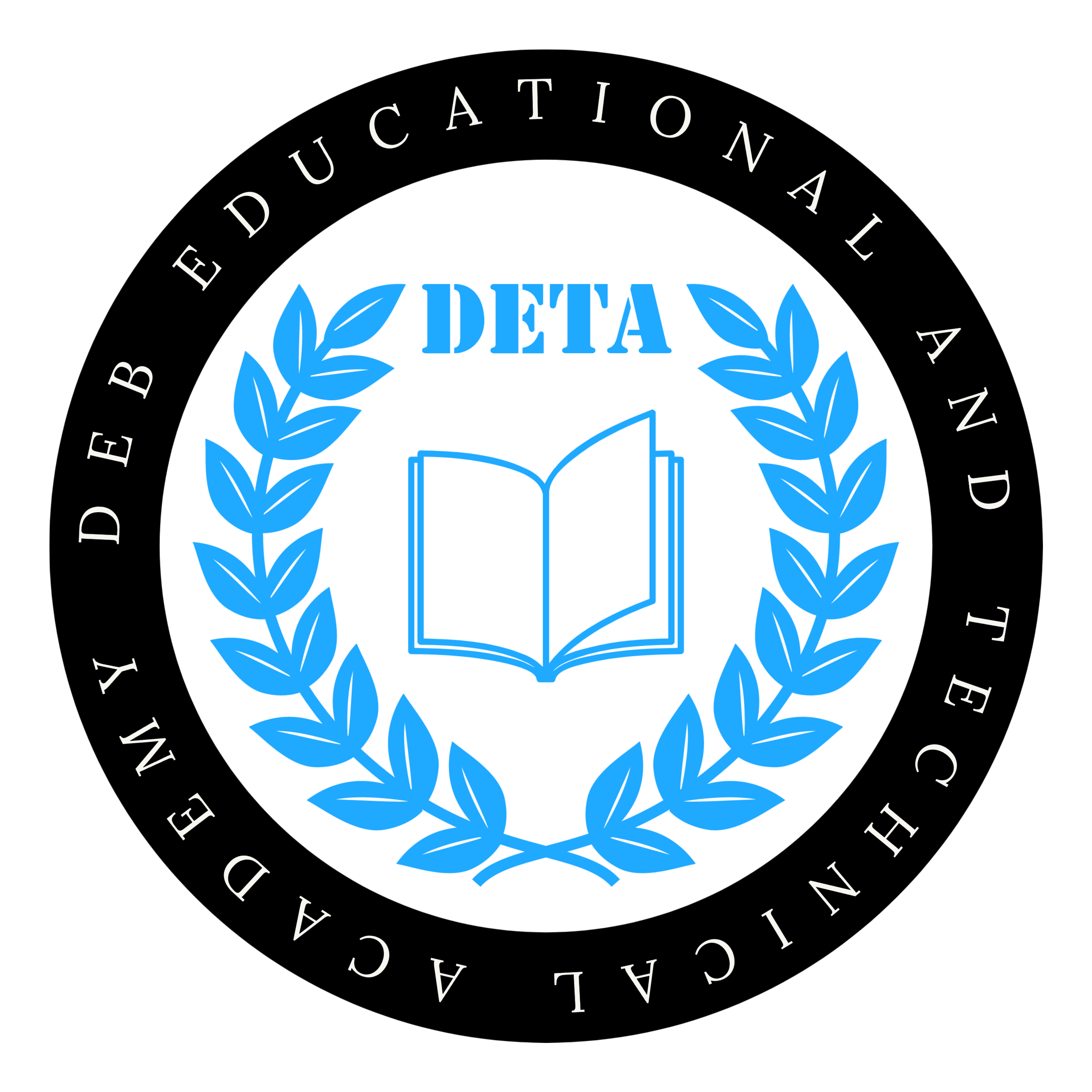Q.1
The opponent of Akbar at the second battle of Panipat was -
(a) Abdul Lohan
(b) Himu
(c) Jaichand
(d) Daulat Khan
(d) Daulat Khan
Ans. b
Q.2
Who presided over the second session of the Indian National Congress?
(a) Dadabhai Naoroji
(b) Badruddin Tayebji
(c) W.C. Banerjee
(d) Firoj Shah Mehta
(d) Firoj Shah Mehta
Ans. a
Q.3
Which city of West Bengal is called "Gateway of North East India"?
(a) Jalpaiguri
(b) Coochbehar
(c) Siliguri
(d) Alipurduar
(d) Alipurduar
Ans. c
Q.4
Which one of the following subjects is not mentioned in the Preamble of the Constitution of India?
(a) Integrity
(b) Voting rights of the adults
(c) Justice
(d) Equality
(d) Equality
Ans. b
Q.5
The nature of the motion of a sewing machine is -
(a) Circular motion
(b) Translational motion
(c) Oscillatory motion
(d) Rotational motion
(d) Rotational motion
Ans.d
Q.6
According to Cylonese tradition, Buddha's Parinirvana took place in -
(a) 483 B.C.
(b) 486 B.C.
(c) 543 B.C.
(d) 546 B.C.
(d) 546 B.C.
Ans. b
Q.7
When was the Lucknow Pact signed?
(a) 1916
(b) 1914
(c) 1908
(d) 1920
(d) 1920
Ans. a
Q.8
From Nabadwip to the Bay of Bengal, the Ganga River is named as -
(a) Bhagirathi
(b) Hooghly
(c) Ganga
(d) Ichhamati
(d) Ichhamati
Ans. b
Q.9
Two balls at the same temperature collide. What is conserved?
(a) Temperature
(b) Velocity
(c) Linear Moment
(d) Kinetic Energy
(d) Kinetic Energy
Ans. c
Q.10
The first indication of the revolutionary movement in India was seen in -
(a) Maharashtra
(b) Bengal
(c) Punjab
(d) Rajasthan
(d) Rajasthan
Ans. a






![[VSQ]MAJOR PEST & DISEASE OF RICE, WHEAT, COTTON, CHICKPEA, SUGARCANE, & THEIR MANAGEMENT, Set 4](https://blogger.googleusercontent.com/img/a/AVvXsEhF_vee7QvzlzE2SRms1uOhc6OllrxtDYj9sLJ7B2X2rCHpARU4ObdPvQN4URvBjY9wwGGJO3zz5tBG0uxtbrvsYdJT-msQ8dOKeWJh4EMBNPn-OV_BpvCOrwYe22_b4R8_ZpOtr9-0GC96_eZGaA-1WWoSV7GtKrW23CpeuxycC0gG6jaIaL-mN_0Y=w680)

![[VSQ]SOIL SCIENCE, SET 8](https://blogger.googleusercontent.com/img/a/AVvXsEiu2pwbUlJhWzxQAUfU0wsfYm7NpHO3qwDQD8GjSVFNRy3kErigGn8AFCXHzYlLfbIjkU1ooQ7KxV2yrh_Ogw6VsHqm61MbUszsGEu-BpIB0ZSjgoTjP9iGwIH4Xq4U8qSG9-52qvVIPbPoVmTAgc7QE4GHOvIdJGEby3QC7tk0p56XNBlcSnMwr0YO=w680)



0 Comments